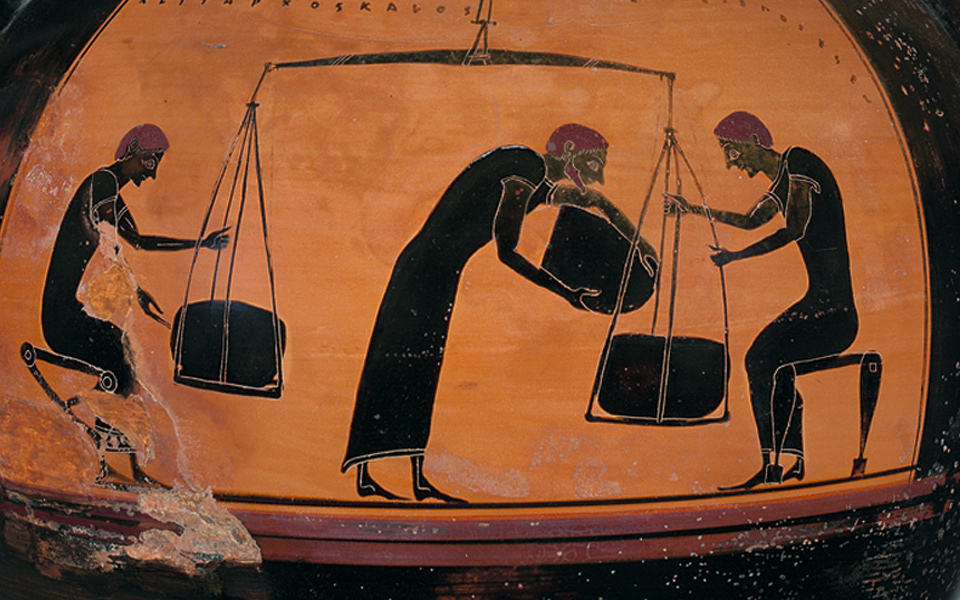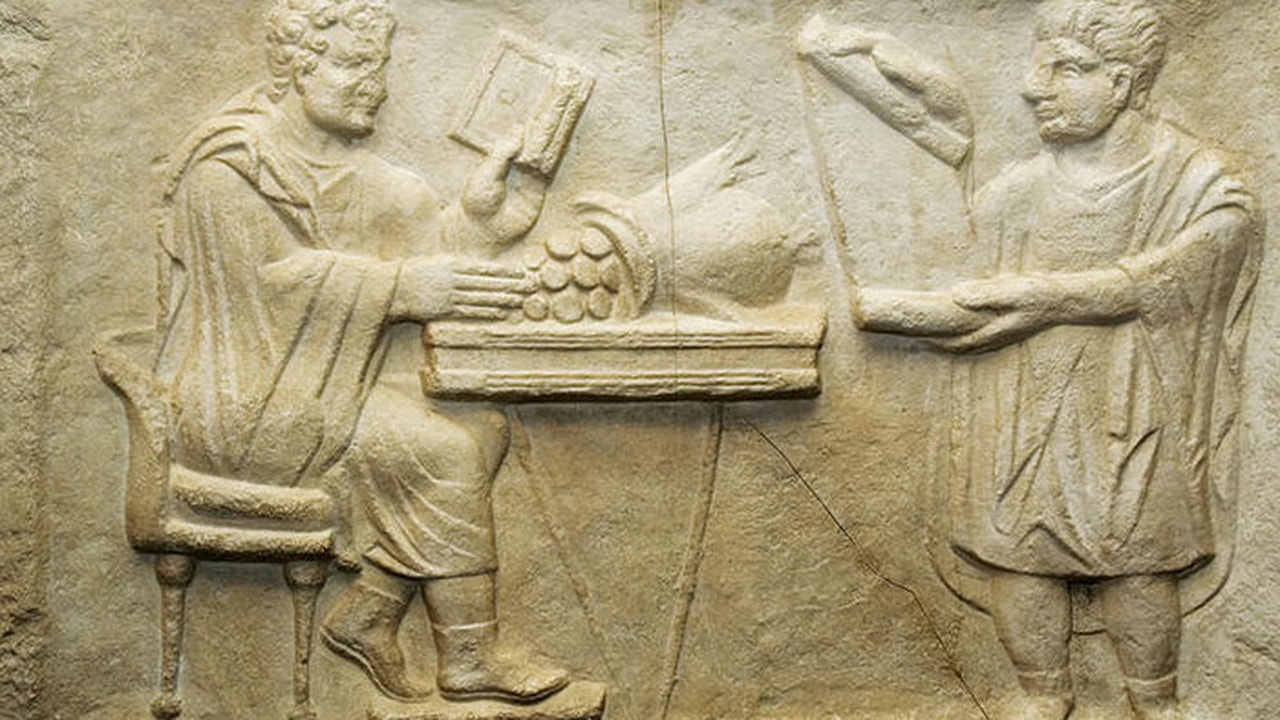The city-states (polities) of ancient Greece were scattered and lived separately, so each of them had their own money and https://telegram-store.com/catalog/product-category/channels/economics, which emphasized the independence of each region. It is noteworthy that the coins of one polis were not accepted in another, which created serious difficulties for trade and other economic relations.
That is when the responsible persons, the trapezites, came into being. They functioned as intermediaries, exchanging the money of the different polities for a commission. The system evolved, and the changers were replaced by full-fledged organizations providing settlement and cash services:
- storage of money (deposits were opened on the basis of verbal arrangements);;
- payments on behalf of their clients;
- lending from the fund of clients’ savings against the security of houses, slaves, and lands (issued only against documented obligations)
- transfers of funds between policies;
- investments of client savings.
Trapezites, as a new phenomenon, did not initially inspire much confidence, and wealthy Greeks preferred to keep money in temples, which were untouchable, and to turn to priests and oracles for loans. Whether interest was paid on such loans has not survived to this day.
The monetary reform carried out by Alexander the Great (the introduction of a single unit of payment throughout Greece) terminated the existence of the trapezites in their original form. No longer required the services of money changers, so the country’s banks reserved the right to issue loans, service deposits and transfer funds. 
The word “trapezite” from the ancient Greek translates as “table, bench.” It has essentially the same meaning as the word banco in Italian, a money changer’s table. In Athens, the center of Greek economic activity, trapezites worked mostly as either stateless inhabitants of other city-states or freed slaves.
One of the most famous slave trapezites was Pasion, whose bank lasted for three generations and served as many as 140 wealthy Athenians. Often the trapezites sued borrowers who delayed payments on loans, and customers could sue a banker who was slow to pay back the money entrusted to him. Litigation rarely exceeded 30 days and sometimes ended in the bankruptcy of the trapezite.
